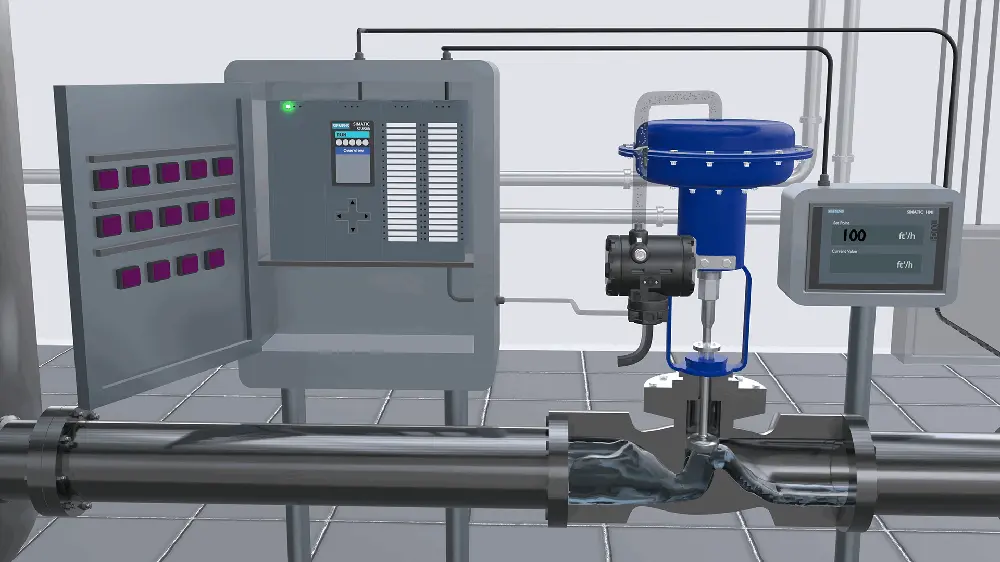

Control valves play a pivotal role in maintaining the integrity and efficiency of industrial processes by regulating the flow of various media. Despite their importance, they can encounter a range of issues that can impede their operation. This guide delves into the prevalent challenges faced with control valves and presents strategic solutions to mitigate these problems, ensuring they continue to perform optimally and extend their service life.
Jamming is a prevalent issue that typically arises during the initial stages of system operation or subsequent to maintenance work. It is often triggered by the accumulation of foreign matter such as welding slag or metal filings within the valve's internal mechanisms. Another common cause of jamming is the over-tightening of packing, which can escalate friction, leading to a lack of response to minor control signals and an exaggerated reaction to larger ones.
Leakage within control valves is another common problem that can be broadly classified into three categories: internal leakage due to an ill-fitted valve stem, packing leakage caused by uneven pressure along the valve stem, especially under conditions of high temperature and pressure, and leakage due to deformation of the spool and seat, which can be a result of long-term erosion or impact.
Oscillation of control valves can stem from insufficient spring tension, leading to a resonance effect between the valve's natural frequency and that of the system, particularly when subjected to unstable control signals. Additionally, improper selection of the control valve, especially when operating under small openings, can lead to significant flow resistance and pressure fluctuations, potentially causing the valve to oscillate.
Inactivity in control valves can be attributed to several factors, including the absence of a control signal or air source, blockages within air ducts, or malfunctions in pressure reducing valves. Other causes can be traced back to positioner failures due to ruptured bellows or faulty converters, obstructions in filters or pressure reducers, or blockages in the throttle holes of the positioner. Furthermore, even with a present signal, inactivity can occur if the valve spool is detached or if the valve stem is bent or broken.
Operational instability of control valves may be due to a range of issues, such as inadequate compressor capacity leading to unstable gas source pressure, unstable performance of the regulator, or inappropriate settings within the control system. Excessive frictional resistance on the valve stem or wear and tear within the positioner amplifier can also contribute to instability, particularly during periods of increased air consumption.
Sluggish action of control valves can be the result of a broken pneumatic diaphragm, weak response from the positioner, rust or obstructions that impede the axial movement of the valve stem, or poor quality or overly tight packing that increases friction resistance.
To address these issues, a variety of solutions have been proposed. For jamming, one can attempt to manually operate the valve or apply external signal pressure to dislodge the spool. For leakage, adjustments to the valve stem length, proper finishing of contact surfaces, and the selection of appropriate packing materials are recommended. Oscillation can be mitigated by increasing spring stiffness or replacing the valve if its frequency matches the system's. Inactivity can be resolved by adjusting pressure reducing valves, checking for leaks, and repairing or replacing damaged components. Operational instability can be corrected by sealing leaks, tightening loose parts, and lubricating areas of high friction. Lastly, sluggish action can be addressed by inspecting and reassembling friction parts, adjusting packing glands, and replacing worn packing as necessary.